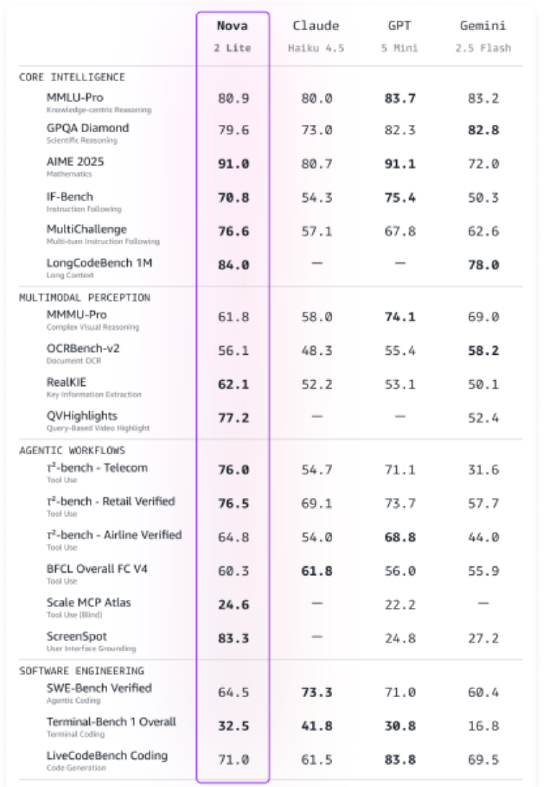Microsoft announced on October 17 that Sora2, the new generation video generation model developed by OpenAI, has been launched on the international version of Azure AI Foundry and entered the public preview stage. This marks the first time that the model's API interface has been opened to enterprises and developers through a cloud platform, signifying that generative AI video tools are beginning to transition from closed testing to commercial applications.
Sora2 is a multimodal video generation model capable of processing various types of input data, such as text, images, and videos, and combining these elements to generate new video content. This capability makes it suitable for multiple application scenarios, including advertising production, educational videos, and social media content. Users can directly generate video clips through text descriptions, eliminating the need for traditional video production steps such as filming and editing.

Image source note: The image is AI-generated
From an access perspective, users need to access the Sora2 service through the Standard Global API of Azure AI Foundry, with a pricing of $0.1 per second of video. This pricing strategy adopts a billing model based on the duration of generation, offering relatively transparent and predictable cost structures for enterprise users who need to generate large volumes of short videos.
Microsoft's decision to deploy Sora2 on the Azure platform continues its deep collaboration model with OpenAI in the cloud service field. Previously, the GPT series models were also first made available to enterprise customers through Azure. This partnership allows Microsoft to quickly integrate the latest AI capabilities into its cloud ecosystem, while providing OpenAI with infrastructure support for large-scale commercialization.
From a technological evolution perspective, Sora2 may have improvements in multimodal integration and video coherence compared to the initial version, although the official has not yet released detailed technical parameters or performance benchmarking data. The public preview stage means the service is still under continuous optimization, and users may encounter issues such as unstable generation quality or misunderstandings in specific scenarios during use.
For the video content creation industry, the emergence of AI video generation tools brings both opportunities for efficiency improvement and discussions about copyright, authenticity, and creative value. Enterprises need to consider the commercial usage rights of generated content, potential ethical risks, and how to integrate these tools into existing workflows when using them.
Notably, Sora2 is currently only available on the international version of Azure AI Foundry, meaning that users in the China region cannot access the service directly through Azure China at this time. Additionally, the price of $0.1 per second may still be relatively high for individual creators, and the cost of bulk usage can accumulate quickly. Whether Microsoft will introduce differentiated pricing plans for different user groups in the future remains to be seen.
From a market competition perspective, the launch of Sora2 will compete with Google's Veo, Meta's video generation tools, and domestic products such as Keling and Jiameng. The differences among these platforms in terms of video generation quality, controllability, cost, and scenario adaptability will determine the market landscape in the commercialization phase.









